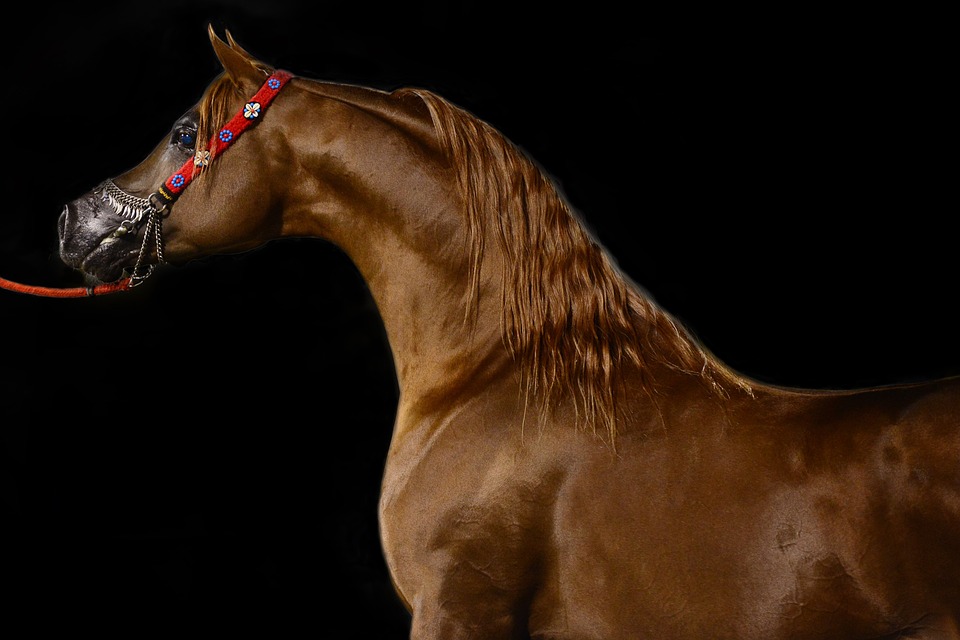The Omak Stampede Rodeo in Omak, Washington, is known for its annual „World Famous Suicide Race,“ a controversial event that has been the subject of much criticism and debate. The race, which involves horses plunging down a steep hill, crossing a river, and racing into the rodeo arena, has a long and dark history that dates back to the 1930s.
The origins of the Suicide Race are murky, with some claiming it has roots in Native American tradition, while others believe it was conceived as a publicity stunt by a white man named Claire Pentz. Regardless of its origins, the race has become a staple of the Omak Stampede, attracting riders from the Colville Reservation and beyond.
The race has been marred by controversy over the years, with concerns about the safety and welfare of the horses involved. Reports of injuries and deaths have raised questions about the ethics of the event, with animal advocacy groups like the Progressive Animal Welfare Society and People for the Ethical Treatment of Animals calling for its end.
The race has also been linked to a dark chapter in Omak’s history, involving a horse massacre in 1924 where dozens of horses were stampeded off a cliff by local homesteaders. The event, known as the Dead Horse Cliff massacre, was a brutal act of cruelty that shocked the community and left a lasting scar on the landscape.
Despite the controversy and criticism, the Suicide Race continues to be a popular attraction at the Omak Stampede, drawing crowds and participants from far and wide. The race has evolved over the years, with safety measures like helmets and life jackets now required for all riders.
The history of the Suicide Race is a complex and troubling one, reflecting the darker aspects of human-animal relationships and the exploitation of animals for entertainment. As the 90th edition of the race approaches, it is important to reflect on its origins and consider the impact it has had on both the horses and the community of Omak.





